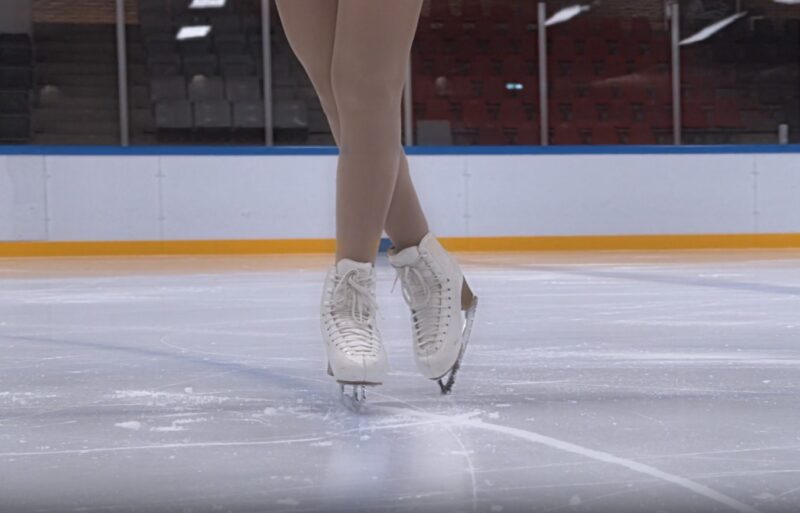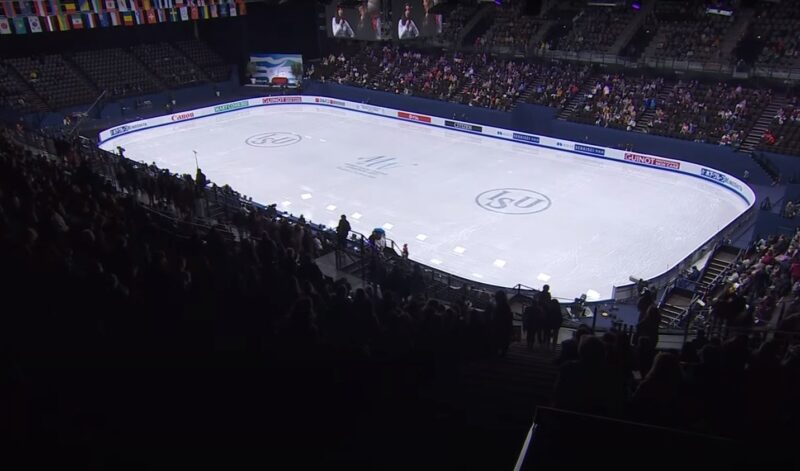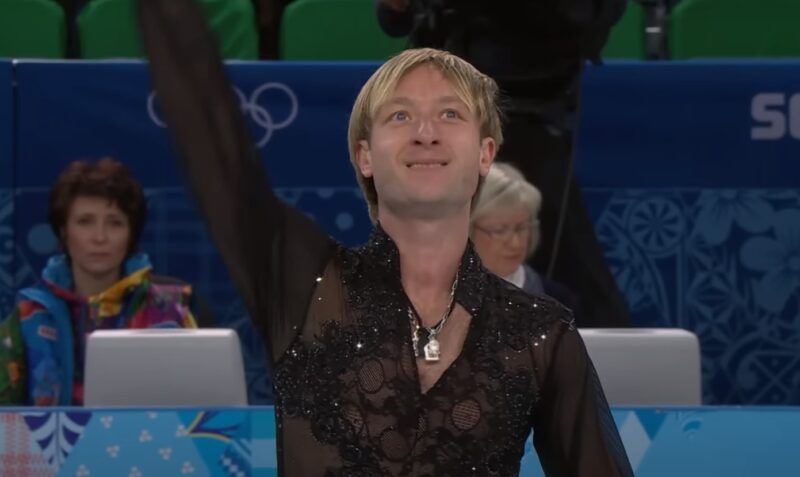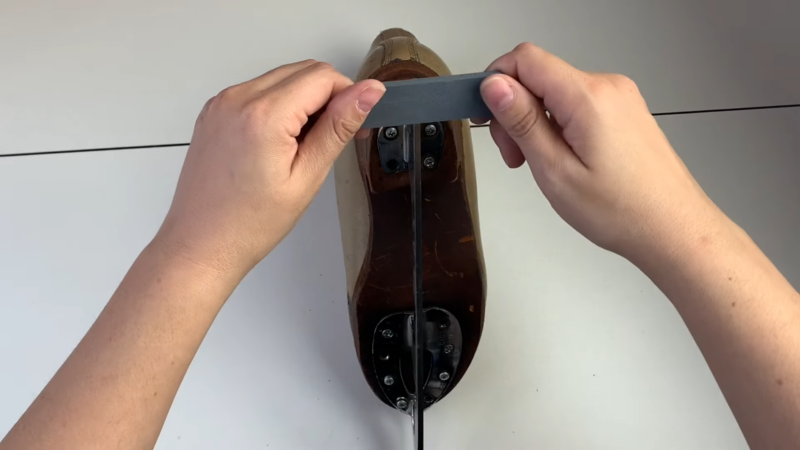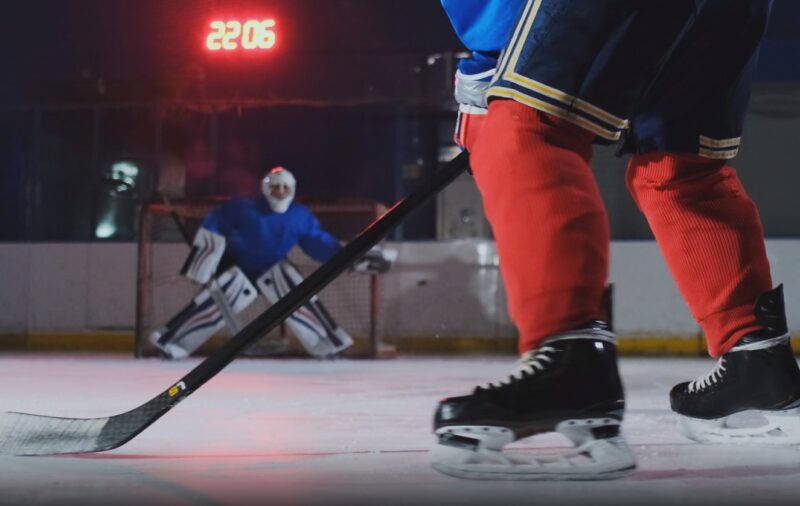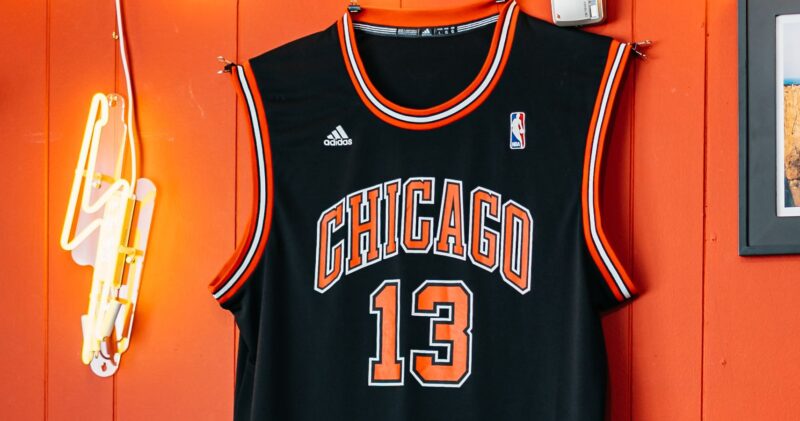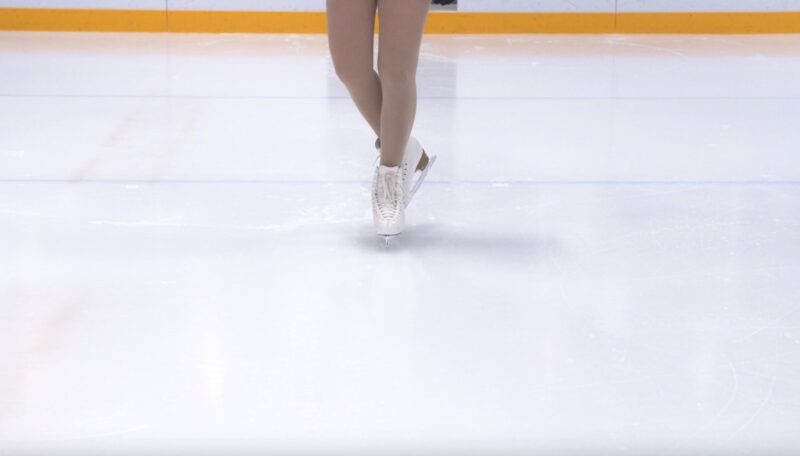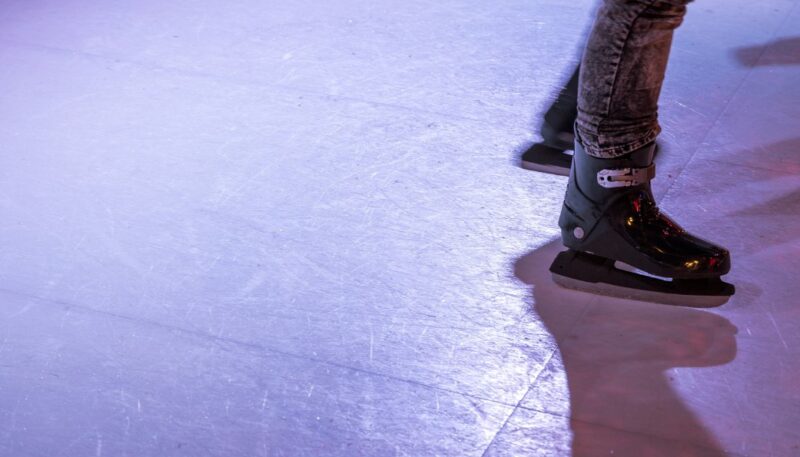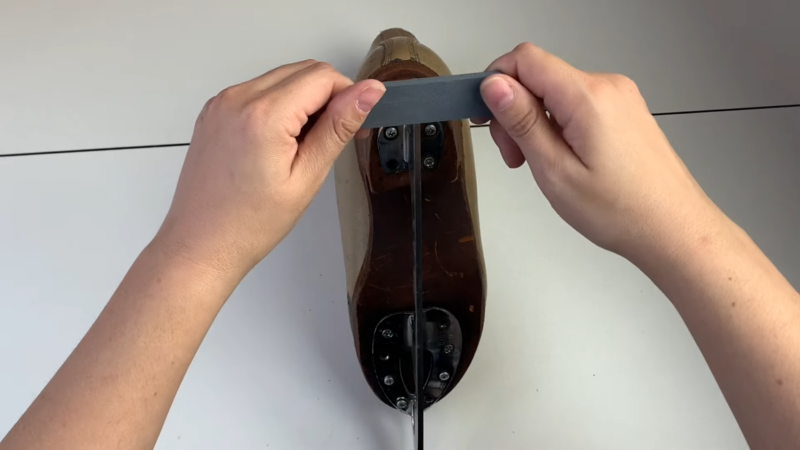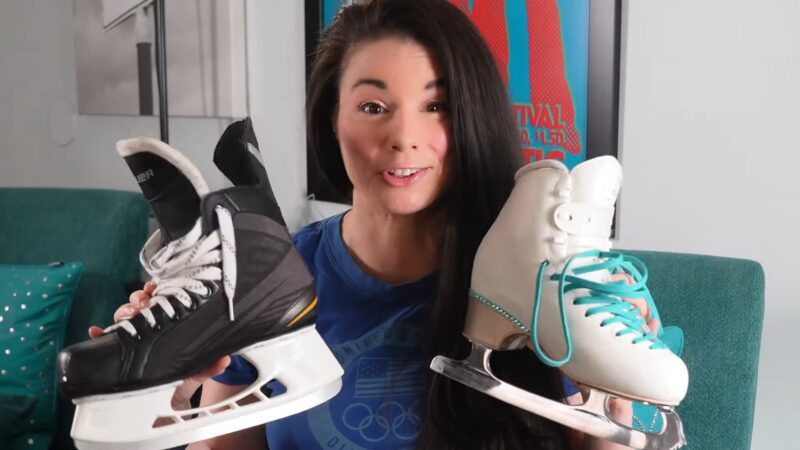
If you’ve been here before, you know that I’m a massive hockey fan, right? Always on the edge of my seat during games, cheering like there’s no tomorrow. But recently, I caught a figure skating competition on TV, and it got me thinking. The way these athletes glide, jump, and twirl – you have to give these people some credit!
It’s a whole different world from hockey’s fast-paced action, but the skates, oh the skates! They got me curious. I mean, we’re all slicing through ice, but the gear on our feet looks so different. So, what’s the deal? Why do hockey skates and figure skates look like they’re from different planets?
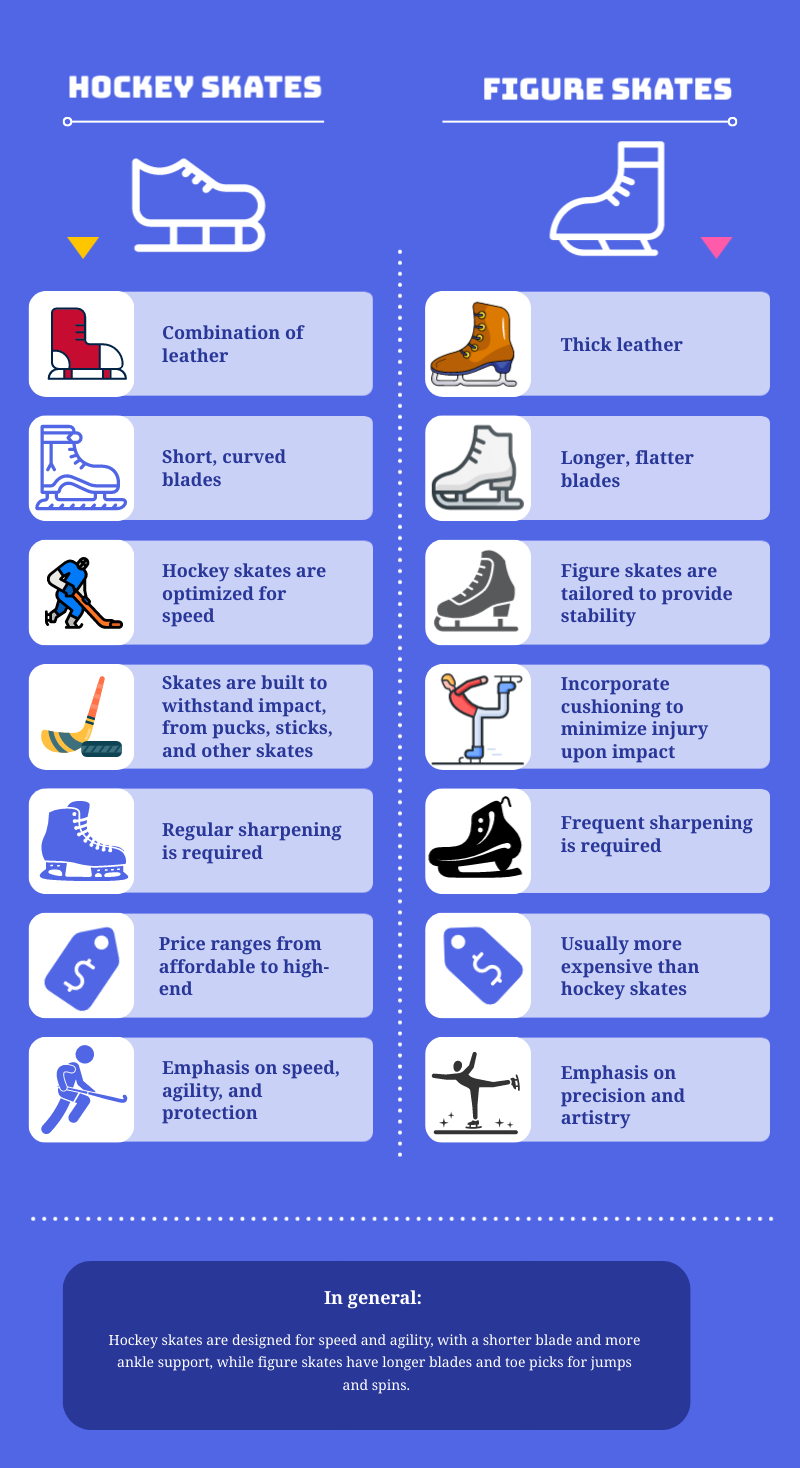
Design and structure
Hockey and figure skates, at a cursory glance, might appear quite similar. Yet, the design and structure differences are vast, each optimized for its specific purpose.
| Aspect | Hockey Skates | Figure Skates |
|---|---|---|
| Boot Construction | – Combination of leather and synthetics
– Lower cut (below the ankle) – Emphasis on speed, agility, and protection |
– Thick leather
– High-cut (above the ankle) – Emphasis on precision and artistry |
| Blade Design | – Short, curved blades
– Curvature for quick turns and sprints – Thick and robust blades |
– Longer, flatter blades
– Toe picks for jumps and specific moves – Stability for jumps and spins |
Intended use and performance
The differences in design are not arbitrary; they stem from the contrasting demands of hockey and figure skating as sports and arts.
Speed vs. artistry
The core essence of the two types of skating governs the skates’ design.
- Hockey skates: Hockey is a fast-paced game, with players darting across the ice at incredible speeds. The skates are thus optimized for speed, agility, and protection. The streamlined design, combined with the curved blade, allows for rapid acceleration and quick turns.
- Figure skates: Figure skating is about elegance, artistry, and technical prowess. The skates are tailored to provide stability during challenging routines, spins, and jumps. The toe pick, unique to figure skates, allows skaters to launch themselves into the air and maintain balance during spins.
Durability and protection
Protection is paramount in any sport, but the nature of the risks varies between hockey and figure skating.
Given hockey’s aggressive nature, the skates are built to withstand impact, from pucks, sticks, and other skates. They come with thick padding and reinforced materials, especially around the ankle and toe areas.
While figure skaters do not face the risk of pucks or sticks, they do need protection during falls, especially after jumps. Their skates, while prioritizing flexibility and movement, also incorporate cushioning to minimize injury upon impact.
Personalization and fitting
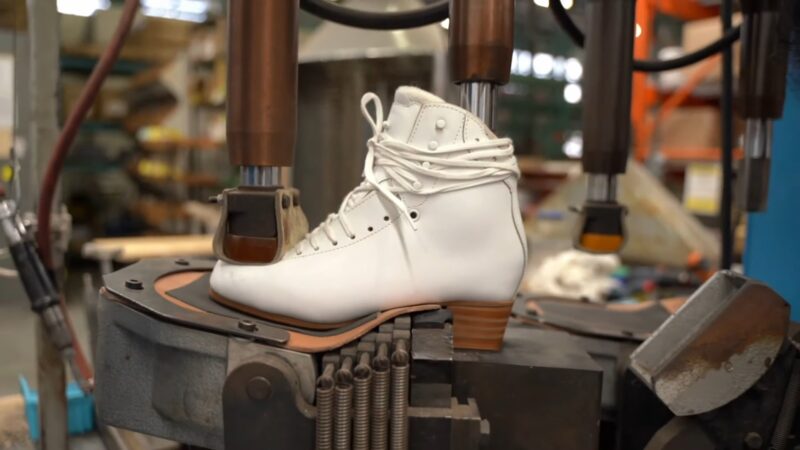
Just as with any athletic equipment, the fit and personalization of the skate can significantly affect performance. Both hockey and figure skates offer opportunities for customization. An ill-fitting skate can hinder performance and lead to injuries.
Custom fitting process
Hockey skates: Hockey players often opt for custom-fitted skates. These are molded to the player’s foot, ensuring maximum comfort and optimal performance.
The fit is snug, with minimal movement inside the boot, ensuring rapid energy transfer from foot to blade.
Figure skates: A figure skater’s relationship with their skates is intimate. Given the demands of their routines, a perfectly fitting boot is essential. Many figure skaters have their boots custom-made, with some even having unique adjustments to the blade’s positioning to suit their style.
Maintenance and care
The lifespan of a skate can be extended with proper care, and each type of skate has its maintenance regimen.
| Maintenance aspect | Hockey skates | Figure skates |
|---|---|---|
| Blade sharpening | Regular sharpening is essential for optimal performance. | Frequent sharpening is required, but it’s a delicate process due to the blade design. |
| Drying | Ensure skates are dried properly after each use to prevent moisture damage. | Proper drying, both inside and out, is vital to avoid moisture damage. |
| Periodic Checks | Check for wear and tear, especially on the protective padding. | Use protective guards when walking off-ice to prevent blade dulling. |
Is there a difference in price?
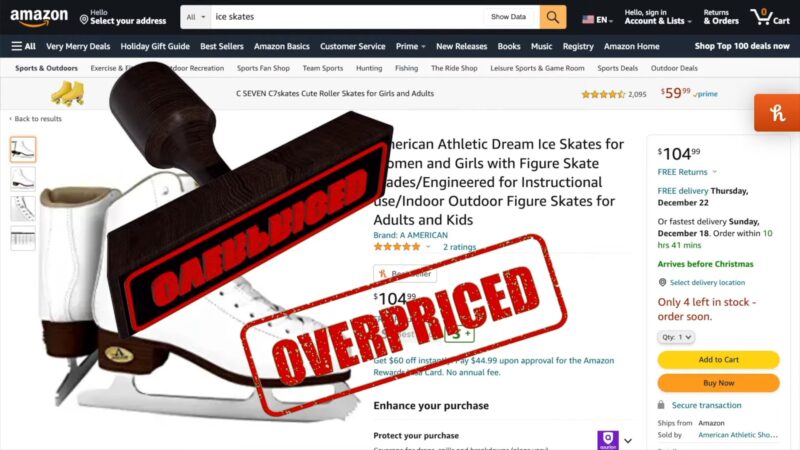
Price determinants
Several factors come into play when determining the cost of skates, from brand reputation to the materials used:
Hockey skates: These range from affordable to high-end. Basic models, suitable for casual or beginner players, are relatively inexpensive.
However, professional-grade skates, made with cutting-edge materials and technologies, can fetch a premium. Brand, materials, protective features, and even the blade’s quality can influence the price.
| Skate Model | Price |
|---|---|
| Bauer X-LP Youth Ice Hockey Skates | $59.99 |
| Bauer X-LS Senior Ice Hockey Skates | $79.99 |
| Bauer Vapor X3 Senior Ice Hockey Skates | $299.99 |
| Bauer Vapor X3.5 Intermediate Ice Hockey Skates | $127.99 |
| CCM Tacks AS-570 Senior Ice Hockey Skates | $279.99 |
| Bauer Supreme M3 Senior Ice Hockey Skates | $279.99 |
| Bauer X-LS Junior Ice Hockey Skates | $54.99 |
| Bauer Vapor 3X Junior Ice Hockey Skates | $149.99 |
| CCM Tacks AS-550 Senior Ice Hockey Skates | $89.99 |
| CCM Tacks AS-580 Senior Ice Hockey Skates | $379.99 |
Figure Skates: The price spectrum for figure skates is similarly vast. Beginners can find reasonably priced options, but as one delves into competitive figure skating, the cost can rise significantly.
Customization, high-quality leather, and specialized blade designs add to the price.
| Brand/Model | Price Range |
|---|---|
| DBX Youth Traditional Ice Skate ’20 | $49.99 (Originally $59.99) |
| DBX Women’s Traditional Ice Skate ’20 | $69.99 (Originally $79.99) |
| Riedell Skates – Soar Adult Ice Skates | Up to $25 to above $200 |
| Various Ice Skates on Skates Guru | Below $150 to over $150 |
Popular brands and trends
Brand loyalty and emerging trends can also dictate choices in the skating community. Brands like Bauer, CCM, and Warrior dominate the hockey skate market. These brands are continually innovating, introducing lighter and more durable materials, better protective features, and even smart technologies that analyze players’ performance.
In the figure skating world, brands such as Riedell, Jackson, and Edea have carved a niche. Trends here often revolve around aesthetic appeal, boot comfort, and blade innovations, catering to the evolving demands of figure skaters.
Can hockey skates be used for figure skating or vice versa?
While both are designed for ice, they serve very different purposes. Using hockey skates for figure skating would make it difficult to perform specific moves, especially those requiring toe picks.
Similarly, the agility and speed desired in hockey would be hard to achieve with figure skates due to their design and longer blades. It’s always best to use the skates designed for the specific activity.
Final words
The differentiation in design between hockey and figure skates is not a mere accident of sports history; it’s a calculated response to the demands of two very distinct disciplines.
One demands agility, speed, and the capacity to withstand the rigors of an aggressive sport. The other is a balance of elegance, precision, and a constant dialogue with art and athleticism.
The choice is yours. Either way, you’ll have a great time.
Related Posts:
- U.S. Figure Skating Releases Schedule for 2024-25…
- Shoma Uno, Japan's Olympic Medalist, Announces…
- Three U.S. Figure Skating Coaches Recognized by…
- How to Sharpen Your Ice Skates Like a Professional
- How Long Is the Average Hockey Game? - Puck Drops,…
- Why Do They Let Hockey Players Fight? Is Fighting Allowed?




